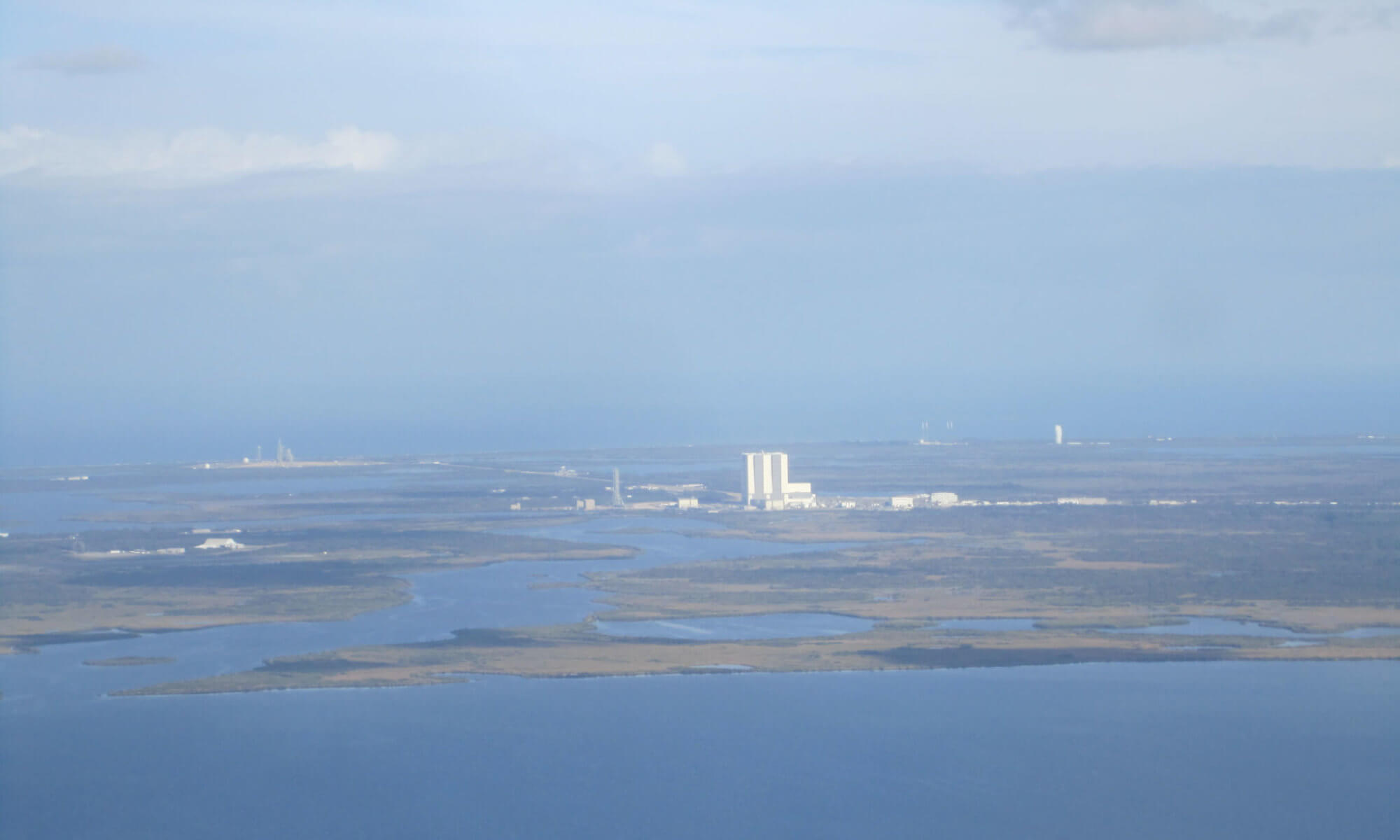Billionaire video game designer and tech magnate Richard “Dodge” Forthrast dies while having a routine surgical procedure. Unbeknownst to his family and friends, he has long since signed up for cryopreservation, then probably forgotten about it. His will contains detailed instructions about possible reanimation when the technology exists. As it turns out, waking the dead in a computer-generated virtual reality seems to be the way forward. After many power struggles and discussions, Dodge finally wakes in a primitive computer-generated world, soon starting to shape and mould it to his desires. At first a trickle, and then a flood of other dead begin to join him, many with their own ideas about the virtual afterlife, in conflict with Dodge’s own.
There are some significant connections to other works by Mr. Stephenson. Richard Forthrast and his adoptive daughter Zula are prominently featured in Reamde, whilst Enoch Root was a character in Cryptomonicon, as well other works. Those were good novels. This is not. After a promising start, most of the action moves to the virtual world, and it is really boring. From Dodge’s initial efforts to shape the world to his desires, to his building of a pantheon with himself as the prime god, to his downfall at the hands of a rival, it is mainly a tedious slog to read. The final part is written as fantasy, and is slightly better, but by this point I just wanted it to be over, and skimmed large parts.
The concept itself is very interesting, and I had high hopes the plot would continue along the lines of the first quarter. However, the shift to the virtual world kills all interest in the main characters, and for that matter in the concept itself. At that point, it’s just a creation myth that has no need for its own backstory. It is a real shame, because there are so many interesting ideas to explore at depth, not least the societal impact of humans being able to live on, in a certain form at least, after death. The ending is mildly satisfying, but the journey to get there is not, especially as this book, while not overly long by Stephenson standards, is a solid tome by any other.














